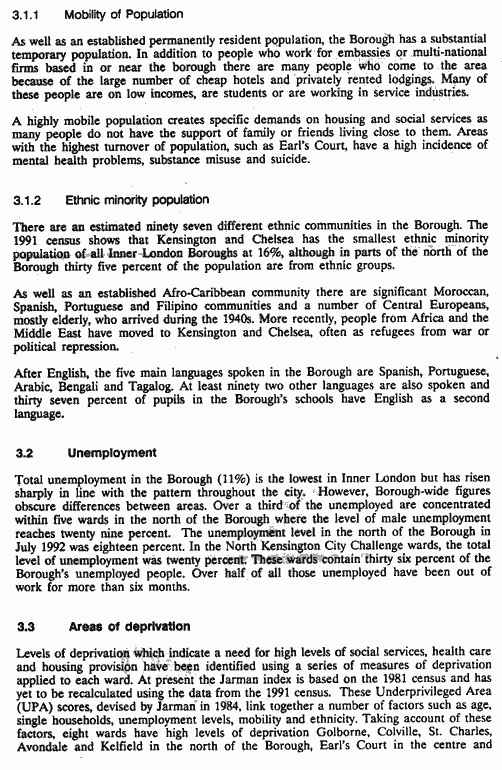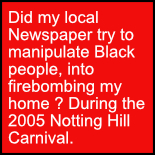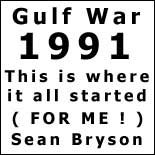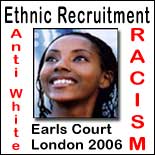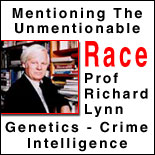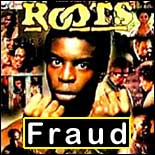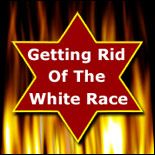| Mobility of Population
As well as an established permanently resident population, the
Borough has a substantial temporary population. in addition to
people who work for embassies or multi-national firms based in
or near the Borough there are many people who come to the area
because of the large number of cheap hotels and privately rented
lodgings. Many of these people are on low incomes, are students
or are working in service industries.
A highly mobile population creates specific demands on housing
and social services as many people do not have the support of
family or friends living close to them. Areas with the highest
turnover of population, such as Earls Court, have a high incidence
of mental health problems, substance misuse and suicide.
Ethnic minority population
There are an estimated ninety seven different ethnic communities
in the Borough. The 1991 census shows that Kensington and Chelsea
the smallest ethnic minority population of all the Inner London
Boroughs at 16%, although in parts of the north of the Borough
thirty five percent are from ethnic groups.
As well as an established Afro-Caribbean community there are
significant Moroccan, Spanish, Portugese and Filipino communities
and a number of Central Europeans, mostly elderly, who arrived
during the 1940s. More recently, people from Africa and the Middle
East have moved to Kensington and Chelsea, often as refugees from
war or political repression.
After English, the five main languages spoken in the Borough
are Spanish, Portugese, Arabic, Bengali and Tagalog. At least
ninety two other languages are also spoken and thirty seven percent
of pupils in the Borough's schools have English as a second language.
Unemployment
Total unemployment in the Borough (11%) is the lowest in Inner
London but has risen sharply in line with the pattern throughout
the city. However, Borough-wide figures obscure differences between
areas. Over a third of the unemployed are concentrated within
five wards in the North of the Borough where the level of male
unemployment reaches twenty nine percent. The unemployment level
in the North of the Borough in July 1992 was eighteen percent.
In the North Kensington City Challenge wards, the total level
of unemployment was twenty percent. These wards contain thirty
six percent of the Borough's unemployed people. Over half of all
those unemployed have been out of work for more than six months.
Areas of Deprivation
Levels of deprivation which indicate a need for high levels of
social services, health care and housing provision have been identified
using a series of measures of deprivation applied to each ward.
At present the Jarman index is based on the 1981 census and has
yet to be recalculated using the data from the 1991 census. These
Underprivileged Area (UPA) scores, devised by Jarman in 1994,
link together a number of factors such as age, single households,
unemployment levels, mobility and ethnicity. Taking account of
these factors, eight wards have high levels of deprivation Golborne,
Colville, St Charles, Avondale and Kelfield in the North of the
Borough, Earls Court in the centre and |


